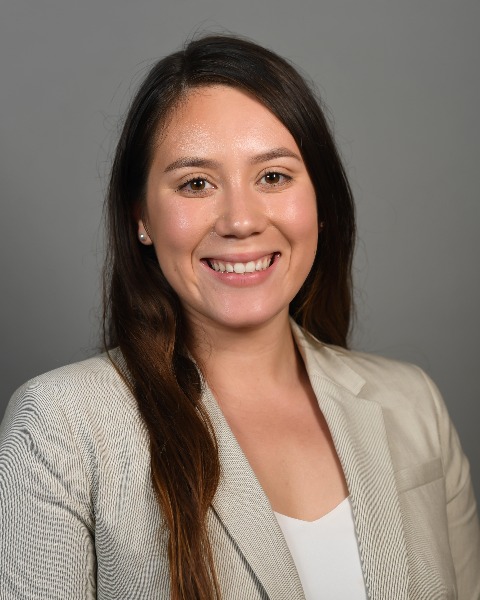Category: Epidemiology
Poster Session III
(649) Extreme, Moderate, Late, and Overall Preterm Birth by Maternal Race, Ethnicity and Nativity in US
Assess associations of maternal race, ethnicity and nativity (i.e. birthplace) with PTB both overall (<37 weeks) and stratified into late (34-<37 weeks), moderate (29-<34 weeks), and extremely preterm ( < 29 weeks).
Study Design: This retrospective cohort study used restricted US National Vital Statistics data of singleton births from 2014-2018 (N=18,501,156). Individuals were grouped into 14 mutually exclusive categories that accounted for their intersectional race, ethnicity and nativity. For example, US-born non-Hispanic White (US-NHW) and foreign-born Hispanic Black (FB-HB). American Indian/Alaskan Native and Pacific Islander/Native Hawaiian individuals were grouped into an Indigenous category. Logistic regression models calculated the odds of PTB for each category and multinomial logistic regression models calculated the odds of PTB per category, with US-NHW as the reference. We adjusted for sociodemographic and medical comorbidities and ran Bonferroni-corrected pairwise comparisons. Adjusted predicted rates were calculated for each strata of PTB using predictive margins from regression models.
Results:
All foreign-born individuals had lower rates of PTB overall and each category of PTB than their US-born counterparts, except for Indigenous individuals who had higher odds of PTB compared to US-born counterparts (Table 1, aOR 1.23, 95% CI 1.18-1.27). US-Born NHB (12.6%) and FB-Indigenous individuals (12.5%) had the highest adjusted predicted rates of PTB (Figure 1). Compared to the US-NHW population, all groups had significantly higher adjusted odds of PTB, except for the FB-NHW population. FB-HB individuals had lower odds of PTB than all US-born groups except for NHW individuals, but higher than FB-HW individuals.
Conclusion:
NHW individuals continue to have the lowest rates of PTB overall and each strata, regardless of nativity. Indigenous peoples’ risk of PTB is critical to study given high rates and sparse literature exploring their birth outcomes. The intersection of nativity and ethnicity may be protective for Hispanic Black populations, but racial disparities persist within immigrant groups.

Alejandra Barreto, BS, MPH
The Children's Hospital of Philadelphia
Lynwood, California, United States- BF
Brielle Formanowski, MS
The Children's Hospital of Philadelphia
Philadelphia, Pennsylvania, United States - RO
Robin Ortiz, MD, MS
NYU Grossman School of Medicine
New York, New York, United States - MP
Michelle Marie Pena, MD
The Children's Hospital of Philadelphia
Philadelphia, Pennsylvania, United States 
Heather H. Burris, MD,MPH
Associate Professor
University of Pennsylvania
Philadelphia, Pennsylvania, United States- SL
Scott Lorch, MD, MSCE
The Children's Hospital of Philadelphia
Philadelphia, Pennsylvania, United States - DM
Diana Montoya-Williams, MD, MS
The Children's Hospital of Philadelphia
Philadelphia, Pennsylvania, United States

.png)
